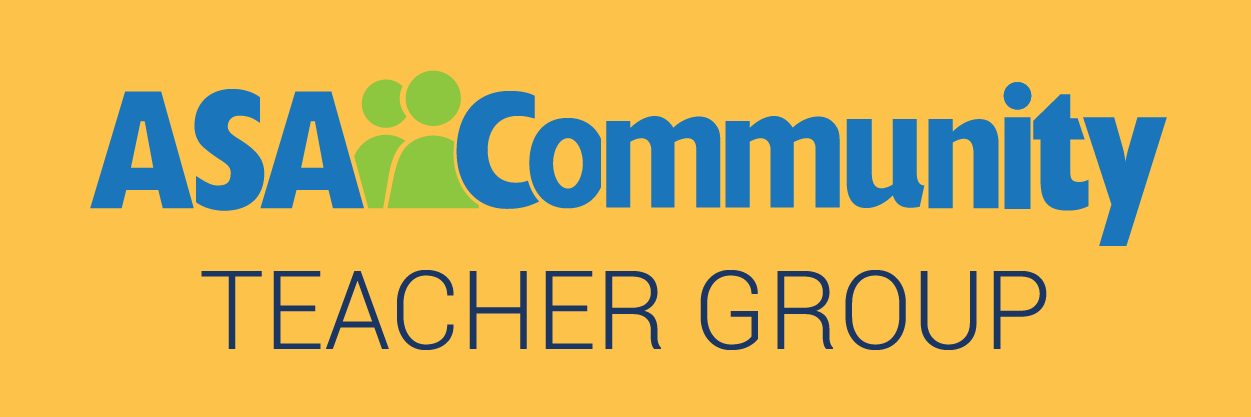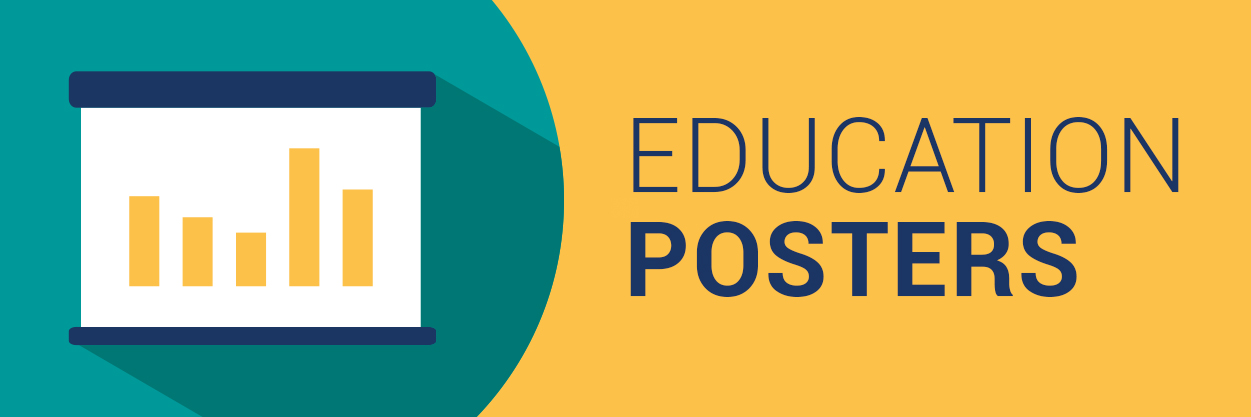Some Paradoxes: Puzzling or Poorly Presented?
This article explores the use of statistical paradoxes—specifically the Will Rogers Phenomenon, Simpson’s Paradox, False Positive Paradox, and the Birthday Problem—as teaching tools for middle and high school students.




















